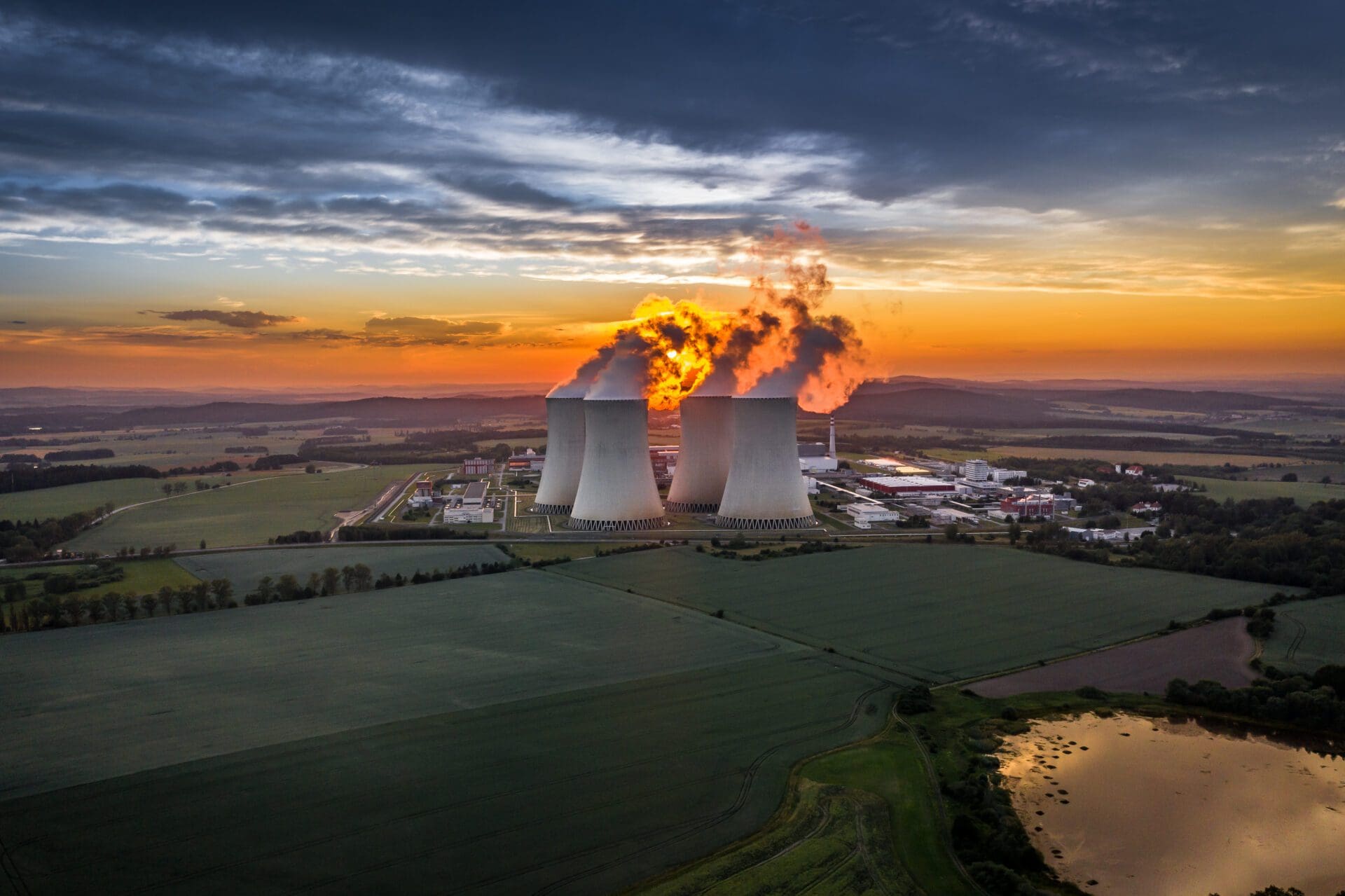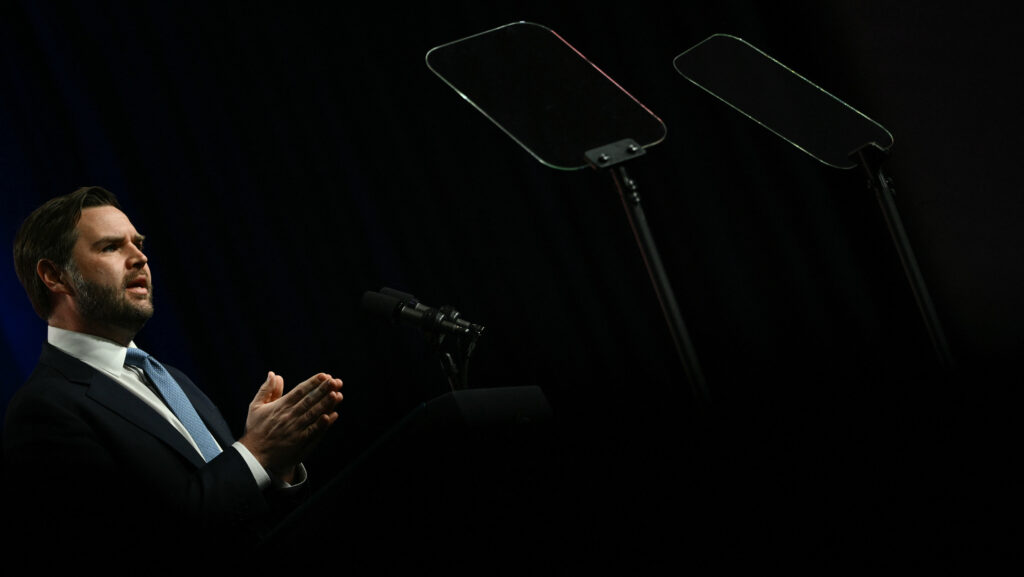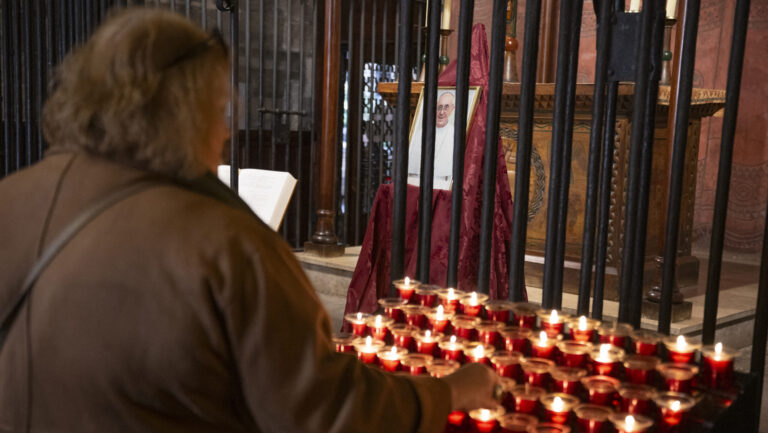A Safe Alternative to Renewables
The Polish government has signed important agreements in recent days regarding the construction of nuclear power facilities in the country. The lucky winners of the mega deal are US Westinghouse and a Polish-Korean consortium.
Mateusz Morawiecki, the prime minister of Poland, wrote on Facebook on Monday that nuclear energy ‘complements the green transition and renewable energy sources’ and is safe, clean, and environmentally friendly. His post came after Poland and American company Westinghouse agreed to build the nation’s first nuclear power plant last Friday. Announcing the deal, Morawiecki stated in a tweet last Friday that ‘a strong Polish-US partnership guarantees the success of cooperative endeavours.’ Then, Jacek Sasin, the deputy prime minister of Poland, travelled to Seoul on Monday to sign a memorandum of understanding with South Korean business representatives regarding the construction of a nuclear power plant in Central Poland. France’s EDF, which was competing with its American and Korean counterparts for the Polish contracts, has been left out in the cold.
According to Maciej Lipka from Poland’s National Center for Nuclear Research, the French company has had difficulties completing reactor construction on schedule and within budget as an explanation. He said that delays of EDF’s projects, Flamanville in France and Olkiluoto in Finland, could not be put down to usual issues with large-scale investments. According to Polish press reports, EDF has expressed discontent that their preliminary offer, which was entirely based on European EPR technology, was not even discussed for the first power plant site.
More Energy for Poland
According to Lipka, ‘Westinghouse’s general contractor Bechtel, which will also work in Poland, has been effective in bringing the US Vogtle 3 and Vogtle 4 projects out of timing difficulty effectively.’ According to reports, Korea’s KHNP offered $26.7 billion to build six APR1400 reactors with an 8.4 gigawatt capacity. Westinghouse requested $31.3 billion for six AP1000 reactors with a combined capacity of 6.7 GW, while EDF requested $33 billion to $48.5 billion for four to six reactors using its EPR technology last year.
Westinghouse will construct one power plant under the supervision of the Polish government, while Polish ZE PAK and the state-controlled utility PGE will build the other power plant alongside KHNP. In a statement to Polish Radio, Sasin said, ‘We are going to build two nuclear power plants at the same time, one under the government programme and the other in a business-led programme.’
The agreements mark a significant shift for Poland, one of the few nations in Central Europe without any nuclear power plants. In the 1980s, there were plans to construct a nuclear power plant with Soviet design, but the nation ran out of money. Reactor construction has been on the agenda of all Polish administrations over the previous decades, but no action was taken until the recent signings.
In the Shadow of the War
The war in Ukraine, which saw Russia shut off gas supplies to Poland and Poland forbid the purchase of Russian coal, highlighted the need to hasten the energy transformation. Poland intends to have up to nine megawatts of nuclear power by 2040, supplying more than a third of its total electricity need; the first reactor is slated to go online by 2033, according to the nation’s official energy plan. ‘It’s on a pretty tight schedule’, Lipka remarked.
A vigorous lobbying war waged by the competitors had unfolded in the country to secure the lucrative nuclear bids. Some two weeks ago, EDF paid for advertisements in the Polish media that stated: ‘Unlike its rivals, EDF is genuinely developing nuclear power facilities in Europe today.’ However, Poland’s tight security ties with the United States, which have grown stronger in the wake of Russia’s invasion of Ukraine, proved to be pivotal. Poland’s air force has three squadrons of American F–16s, and, and among other major defence acquisitions over the past years, Warsaw agreed to purchase 250 Abrams tanks in July.
According to Adam Baowski of Fota4Climate, a pro-nuclear climate and environmental foundation, ‘the choice of the US technology is not surprising as the recently published environmental report for the Kopalino-Lubiatowo site was entirely based on the parameters of AP1000, a Westinghouse reactor technology.’ Warsaw has been establishing stronger security connections with South Korea as well, by agreeing to purchase at least 180 K2 Black Panther tanks, 48 FA-50 self-propelled howitzers, and FA-50 fighter planes.
PM Morawiecki wrote in a social media post: ‘I am delighted that after the recently signed contracts for the acquisition of equipment for the Polish army, our collaboration with South Korea is expanding.’
Paks Expansion to Reduce Hungarian Energy Dependency
Since the energy-crisis hit Europe, many of the affected countries have considered investing more in nuclear power. There is growing consensus the nuclear technology is the future, with experts and policymakers reminding people that nuclear power is not only safe, but it is possibly the most environmentally friendly form of energy production, with a minimal amount of CO2 generated in the process.
The Hungarian government has been in talks for years now about expanding the Paks nuclear power plant. Recent statements by government officials suggest that the actual construction work may begin soon. The completion of the new blocks of the Paks facility will enable Hungary to produce a massive amount of energy without depending on other countries—a consideration that most certainly played a key role in the Polish government’s decision to sign the nuclear power plant agreements.
Related Articles:








